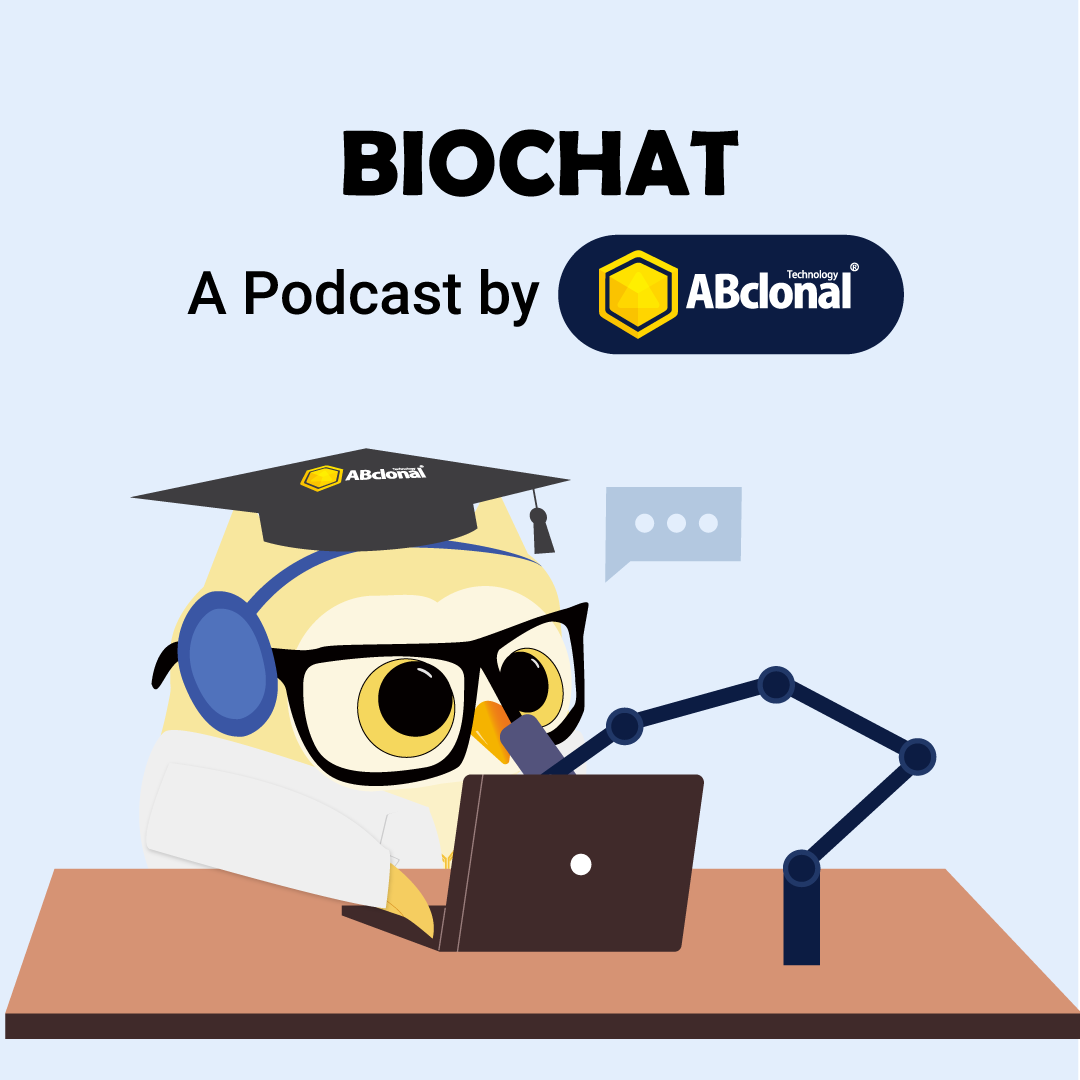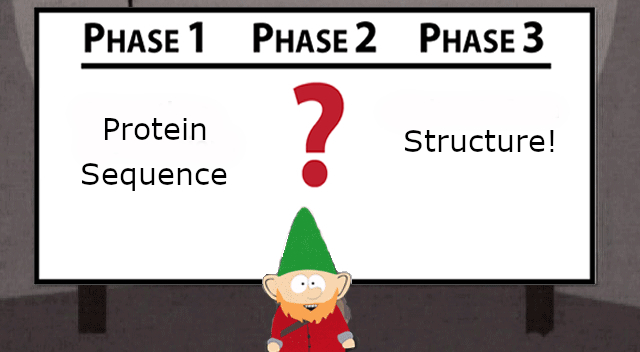 Computers are ubiquitous in our lives now, particularly the majority of us who have a miniature supercomputer in the palm of our hands. With more efficient and powerful computer technology coupled with the understanding that biology is much more complex than dissecting out the role of a single protein in a signaling pathway, the relatively new field of computational biology and bioinformatics has exploded over the past few decades as researchers needed new tools and strategies to understand biology on a systems level. This has allowed non-traditional professionals to enter bioscience research, from primarily computer scientists to bench scientists who have taught themselves coding and statistics. As the computational component has permeated through nearly all of modern biology, we realize that there is a beneficial coexistence between the experimentalists and the keyboard warriors who make sense of growing datasets.
Computers are ubiquitous in our lives now, particularly the majority of us who have a miniature supercomputer in the palm of our hands. With more efficient and powerful computer technology coupled with the understanding that biology is much more complex than dissecting out the role of a single protein in a signaling pathway, the relatively new field of computational biology and bioinformatics has exploded over the past few decades as researchers needed new tools and strategies to understand biology on a systems level. This has allowed non-traditional professionals to enter bioscience research, from primarily computer scientists to bench scientists who have taught themselves coding and statistics. As the computational component has permeated through nearly all of modern biology, we realize that there is a beneficial coexistence between the experimentalists and the keyboard warriors who make sense of growing datasets.
I Was Promised There Would Be No Math...
For me personally, I was pretty good at math up until college calculus, and if you gave me a textbook I can probably still integrate and do derivatives, but I stopped actually doing math once I got into upper division molecular biology. In retrospect, given how advanced math knowledge could be applied to the new algorithms that go into computational biology workflows, as well as the statistics principles that one uses to determine the confidence of the analysis, I probably should have kept up with my math skills. While I have felt rewarded teaching and tutoring students so that they better understand how to apply math in their geometry, chemistry, and physics classes, for the most part, the math in cutting edge computational biology escapes me.
You may see terms such as Bayesian statistics, neural networks (a strategy based on actual biological neural networks), Monte Carlo simulations, and so on. While there can be theoretical biological models, the vast majority of computational biology workflows relies on experimental and population data, which includes information like demographics as well as biological sampling. Per Carnegie Mellon, computational biology refers to a bioscience discipline to determine how we can use and learn models of biological systems constructed from experimental measurements. This means that there is a huge role for the researchers who collect samples and perform experiments to derive the large datasets that is then funneled into the computational biologist's algorithms to elucidate new insights about the biological question being studied, whether it is rooted in evolution or genomics or a disease model such as cancer. Just like in the old days, someone needs to generate the data, and then someone else needs to interpret the data, and sometimes that is the same person. But the interplay between the experimentalist and the analyst as computational biology gains prominence is a perfect example of our mantra of collaboration to advance the sciences.
Getting Familiar with Computational Biology
Although it might be a bit too late for me, with learning new things being a lot harder than it was in my youth when the brain was more malleable, there may still be time for you to dive in to the world of computational biology. I don't think you necessarily need to be a computer scientist or engineer to get into the field, because coding tutorials and courses are accessible to everyone now, but it does help to have some knowledge of computer technology. Alternatively, you can just be very nice to the folks in the lab who are proficient at programming (like I did) so they do the big data analysis for you, but if you really want to learn how to do the analysis and programming yourself (which I didn't as much as I should have and now I regret it), there are programs and supports you can take advantage of.
The NIH has an Intramural Research Program for computational biology that caters to graduate students and postdocs. The NIH IRP in computational biology addresses many approaches used in the field, including image analysis, systems biology, and bioinformatics. For those who want to do more than just dabble, many institutions (including my alma maters at the University of Chicago and UC Berkeley) have programs dedicated to training the next generation of computational biologists in existing methodology while preparing them for innovating new strategies. Even if you are already in a training program, looking up the faculty and scholars working in these departments could help you find your next stop in your research journey as well as identifying potential new collaborators to boost your own interests.
Talking About Computational Biology in BioChat!
Now that you're (hopefully) subscribed to BioChat after we introduced you to our first episode, we can really hit the ground running with more conversations with the friends I've made along the way. We begin our journey with my good friend Ron Hause, Ph.D., the Vice President and Head of AI (Artificial Intelligence, Analytics & Informatics) at Shape Therapeutics, Inc., in Washington State. Ron and I worked together in the laboratory of Dr. Richard Jones at the University of Chicago, where we collaborated on many projects (including my eventual thesis project) that married traditional experimental biochemistry and computational biology to analyze large datasets.
In this episode, we crammed a lot into our time together as we caught up after a long time (of course we did send each other pictures and Christmas cards) to discuss:
- Our diverging educational paths and Ron's thesis project that dealt with natural human genetic variation and therapeutic response;
- The advantages of understanding coding and statistics to analyze large datasets and the versatility and marketability of those skills;
- The genetic engineering that drives the platforms at Shape Therapeutics, including the use of new and exciting algorithms and artificial intelligence to supplement the RNA technology and generate new experimental avenues
- Our experiences as graduate students and how we coped with stress and leveraged our distinct skills to thrive as we transitioned to industry
It goes without saying, life (and science) is a lot more enjoyable when you surround yourself with good people like Ron!
Please check out our BioChat page to learn how to subscribe (and of course please rate and review us on Apple Podcasts!) and check out our latest episode by clicking the embedded player above. Thanks for listening!




